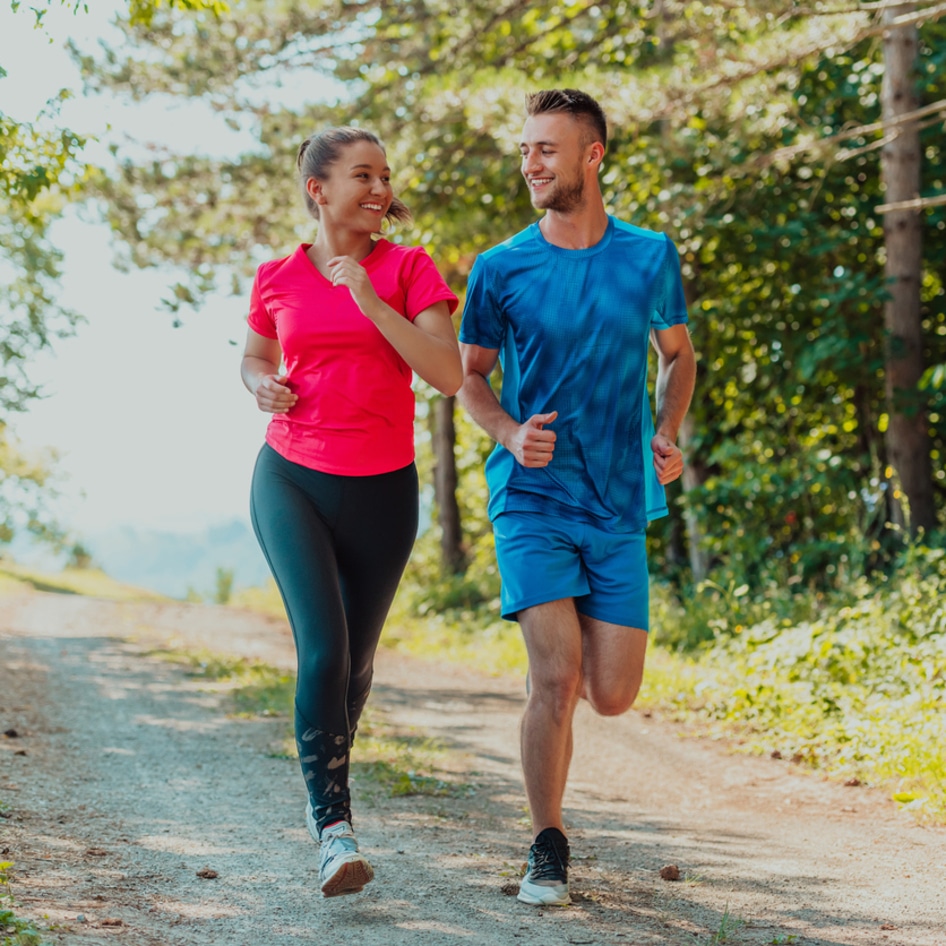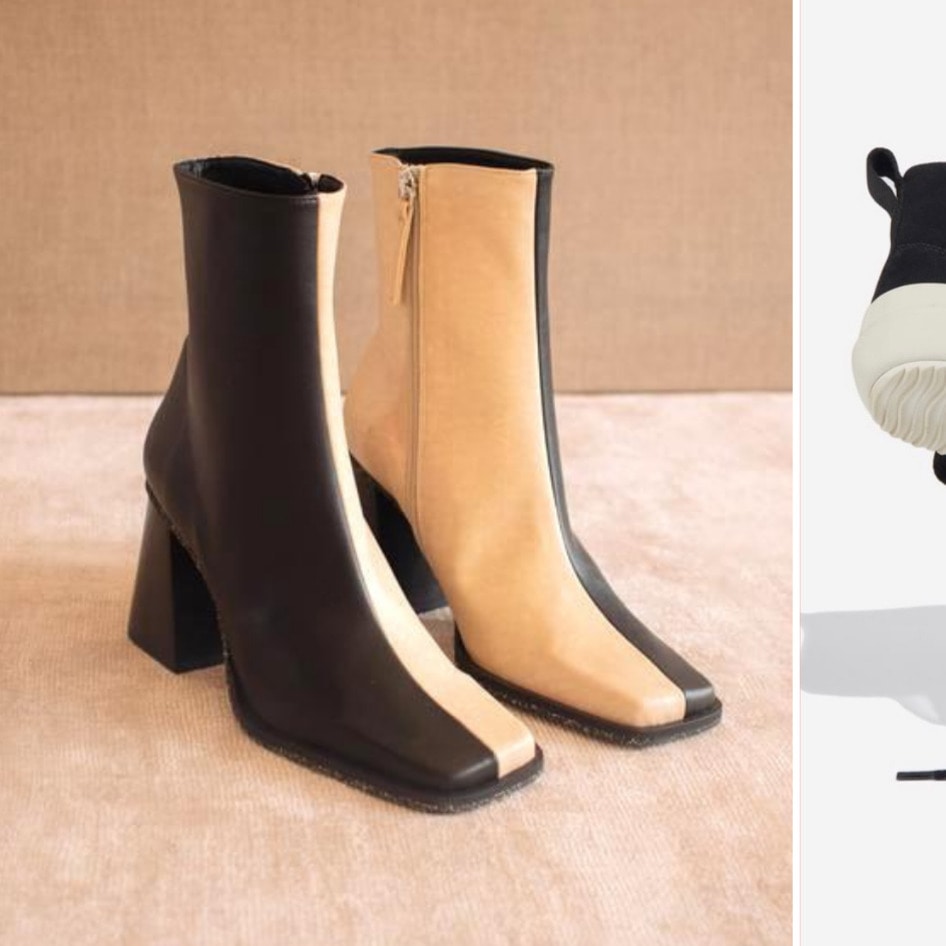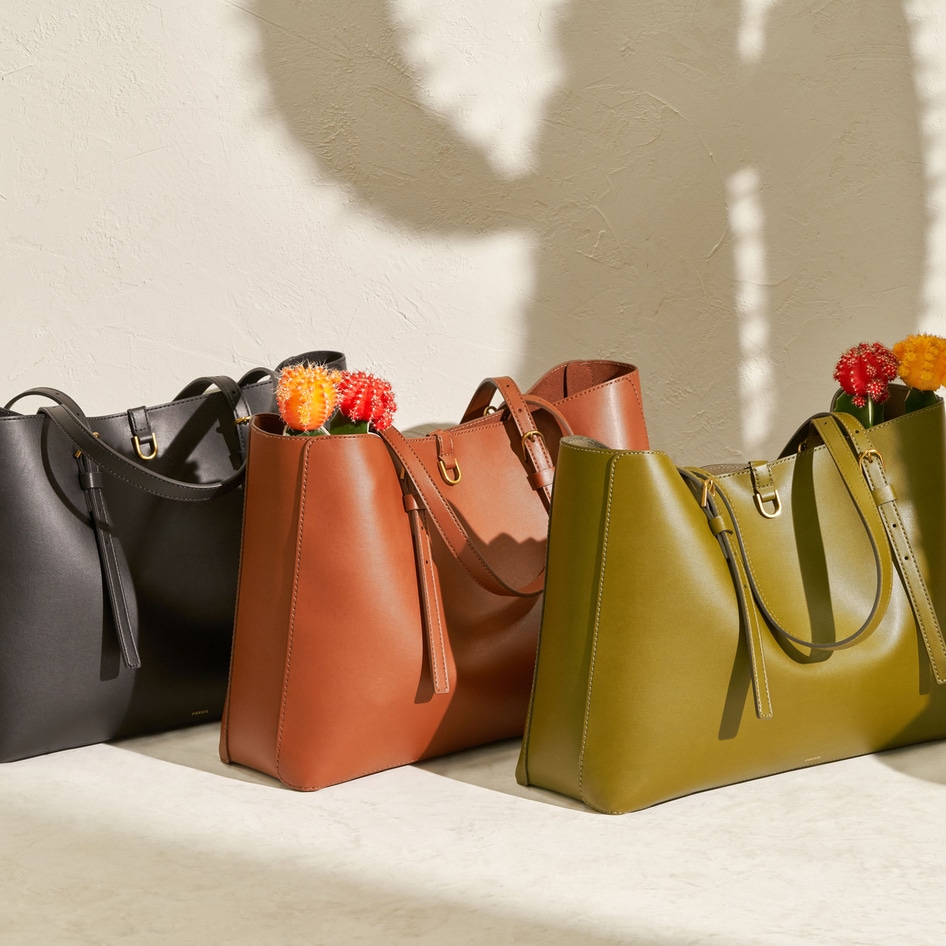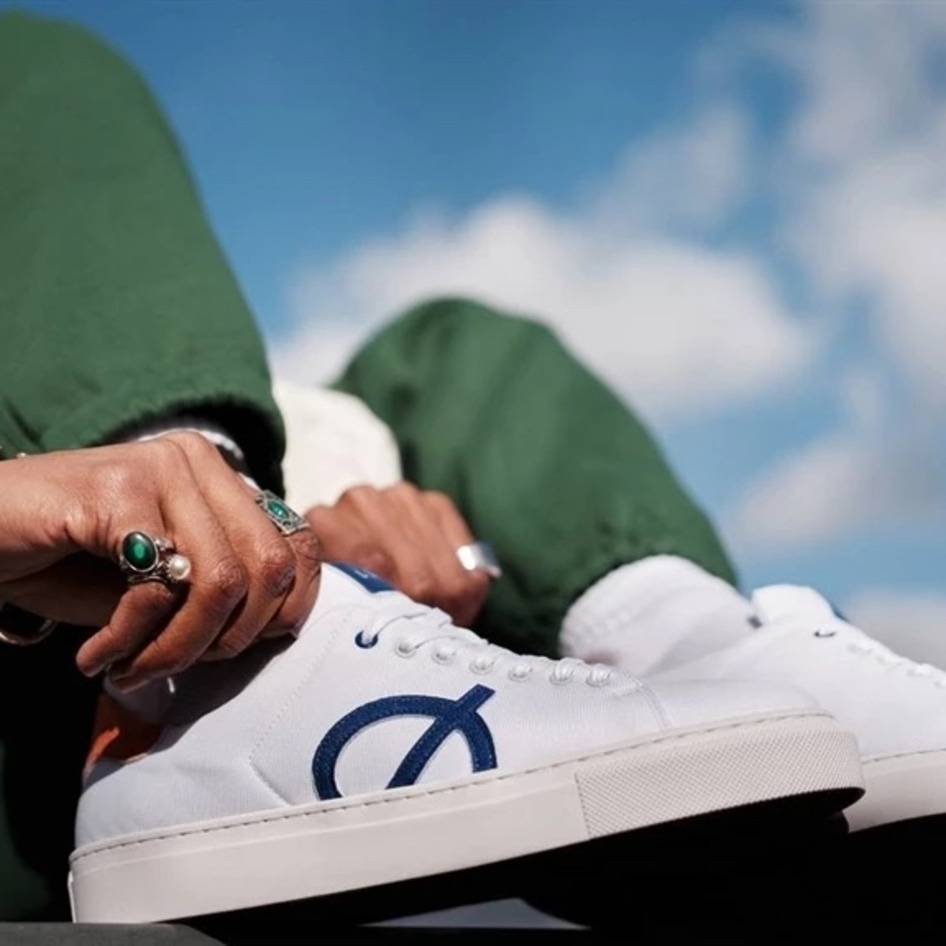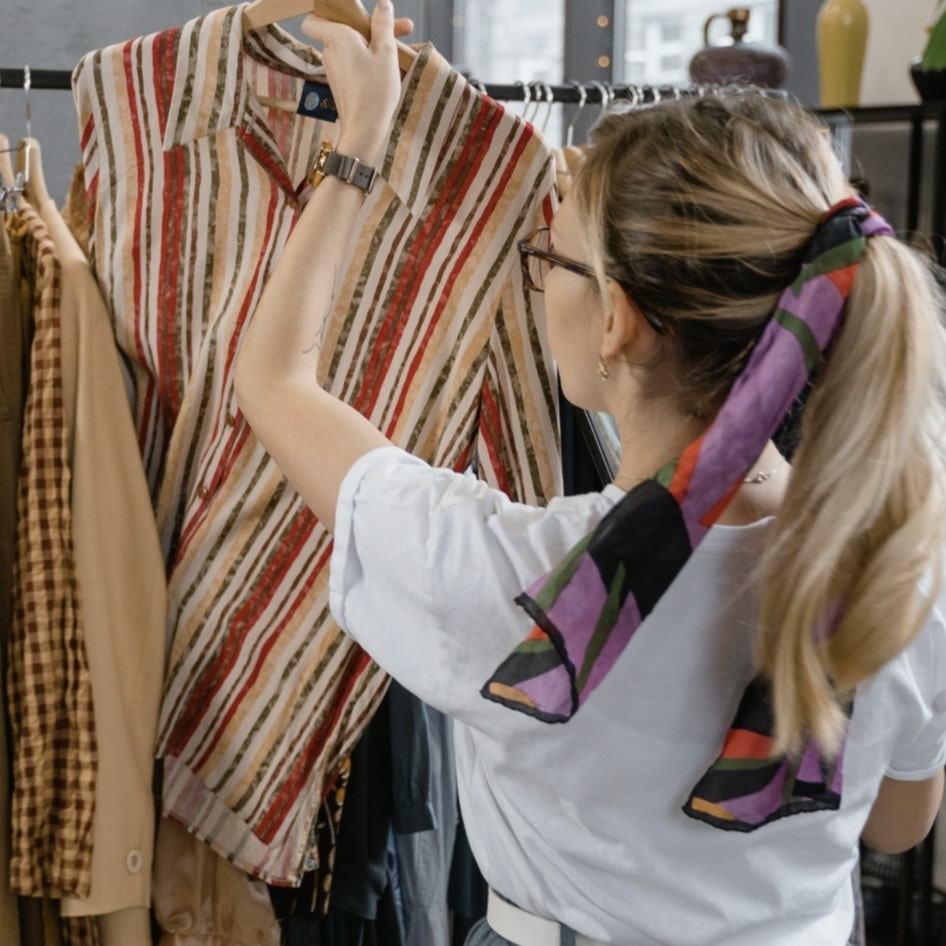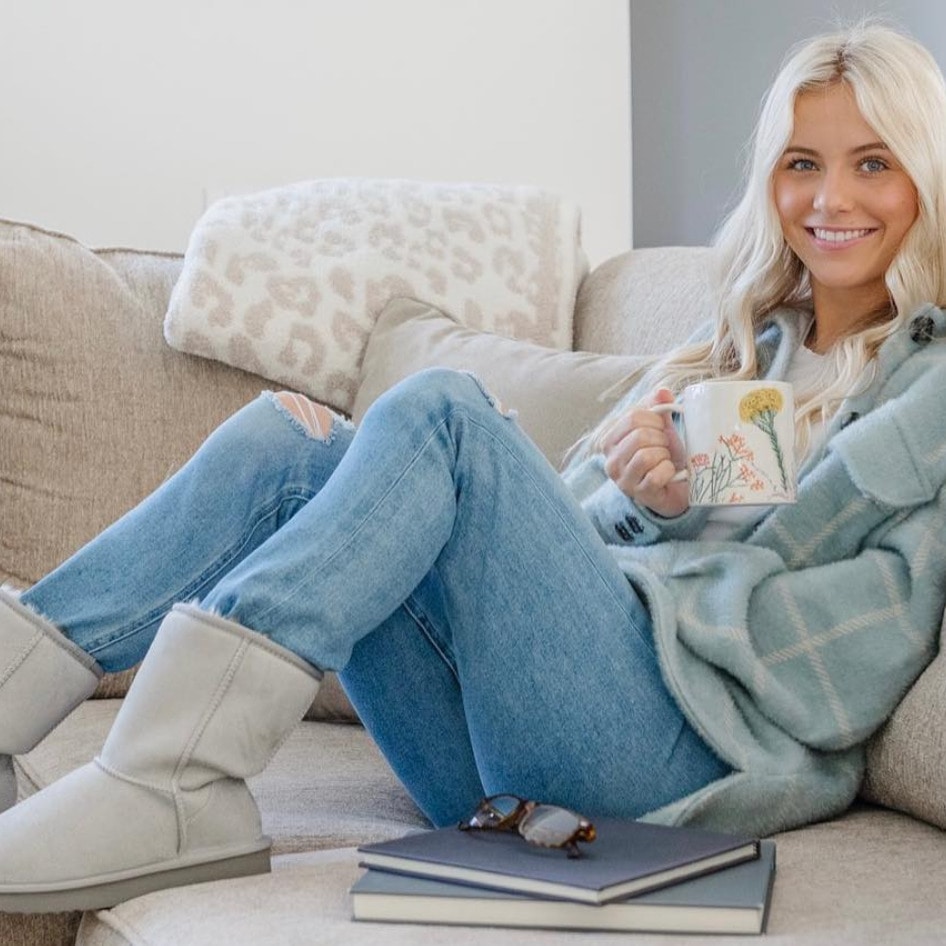Vegan Fashion Takeover
Move over mainstream fashion—cruelty-free couture has stolen the spotlight with sleek and chic designs. Three vegan designers dish on fall fashion, future trends, and what it’s like to rethink the retail norm.
September 7, 2009
High-end vegan fashion is everywhere. From the runways—like Heather Mills’ recently launched recycled clothing line—to the glossy magazines—hello, Vanity Fair—vegan is the look this season. Naturally, we polled three of our favorite vegan designers to see what the fall holds for cruelty-free threads. Inder Bedi of Matt & Nat, Elizabeth Olsen of OlsenHaus, and Leanne Mai-ly Hilgart of Vaute Couture chatted with VN about materials, trends, and what’s coming next.
VegNews: Tell me about your Fall ‘09 line. What sets this line apart from your others? What was your inspiration for it?
Inder Bedi: We really pushed the eco angle even further for fall. All linings now are made from recycled water bottles that resemble faux suede. We also did two collections, one men’s [and] one women’s where the bags are made entirely from recycled materials except for the hardware. We’re really having a lot of fun interpreting recycled water bottles these days and trying to be as efficient as we can. [We] also launched a coated canvas collection that has a grungy chic feel to it.
Elizabeth Olsen: The inspiration was my childhood, the ‘70s, mixing the glamour with the connection to nature of the time. The metallic colors of bicycles, plus natural elements, cork, braids—think shiny blue tricycle meets macramé plant holder.
Leanne Mai-ly Hilgart: Fall is our official launch! I spent a full year of 80-hour weeks developing this line, including eight full months of fabric research, with a goal to develop vegan winter coats that were high weather protection and highly chic. They are also eco-conscious, ethically produced in Chicago, and artist and community inspired. As far as design inspiration, I love grace, elegance, and a bit of east-meets-west, inspired by childhood ballet class and my time modeling in Asia.
VN: Vegan fashion has been all over mainstream media recently. How has that affected your business?
IB: We sell to mainstream stores where even though both are important, fashion still comes before social responsibility. We have noticed a difference, however, in our online store.
EO: From not only stores and buyers, but also individuals who have been waiting for these products. I have been pushing for mainstream press since I started the company.
LH: A couple years back, there was a mainstream news clip about vegan fashion, specifically shoes and bags, and I’ll never forget, the host was so confused like, “Why would anyone want to wear vegan fashion?” Discouraging, but then [with] all of the mainstream media covering vegan fashion, plus brands like Victoria’s Secret using vegan ingredients and marketing their product lines as vegan—it’s all part of the momentum, the movement that a cruelty-free lifestyle is part of an intelligent, thoughtful person’s life
VN: With awareness of cruelty-free alternatives growing all the time, do you think consumers are shifting away from wanting leather, wool, and silk items, in the way that people have generally moved away from fur? Or are those materials still in high demand?
IB: Those materials are still in high demand. It has been become generally more acceptable to use synthetics, much more so than 10 or 15 years ago, as long as the look is there.
EO: It is a slow evolution, but I know people are more aware of the issue overall, making them self-conscious when wearing, buying, or eating an animal product. So that is really step one, realizing what you are actually doing and contributing to. It takes a while to change the perception of leather goods as luxury.
LH: Wool and silk, which are more considered “vegan” fabrics, are still extremely popular and the cruelty of these fabrics is not very widely known at this point. Wool and silk are actually still seen quite a bit in some designers’ collections which are considered “cruelty-free” (in their case, meaning leather- and fur-free) when we know that they are anything but. We are the first label to focus on developing wool alternatives that are actually as high style and weather protecting as the mainstream originals. As with leather and fur used to be widely seen as, wool and silk are very much considered luxury fabrics right now, and that’s why the alternatives I work with and develop must be equal or surpassing in style and function in addition to ethics.
VN: If you could dress one vegan celebrity and one non-vegan one, who would they be?
IB: Vegan, Natalie Portman. Non-vegan, Madonna—the more awareness the better!
EO: Emily Deschanel is just amazing, and for a non-vegan—but almost there—Cameron Diaz.
LH: I adore Ginnifer Goodwin, and she has just reserved her own Vaute coat! This made my month. Next, I would flip to dress Ellen. To steal the immortal words of Sting, “Every little thing she does is magic.” For non-vegan celebrity, Audrey Hepburn is my all-time favorite.
VN: How do you see vegan fashion changing in the next five years? What kinds of materials will be used, how will vegan companies appeal to mainstream customers, and what do you predict for future fashion weeks?
IB: More and more companies will come out with vegan collections, which will fuel the exploration and development of synthetics. For companies that are vegan to the core, we will have to appeal to mainstream audiences by showing they don’t have to sacrifice style to look fashionable, and also use the eco angle as veganism is also an environmental movement.
EO: I see acontinuation of what OlsenHaus is already doing: not sacrificing luxury, style, or trends in vegan goods. There will be many, many more companies starting to do this in all categories over the next five years. We are also using a 100 percent recycled material from old television sets to make some ballerina flats, which is like green on green. I think a lot more companies are working on using more recycled materials as well. I already know several very large brands that are researching a vegan option to add to their brand.
LH: In the past, wool and silk have been described as part of “cruelty-free” fashion collections. These are the next to go [as] my work continues, as leather and fur alternatives are definitely covered. Vegan fashion labels have begun to be developed concurrently as eco-conscious materials, and with ethical production, whether produced fair trade abroad or on a living wage locally. Ethics as a whole—animals, people, earth—will be a big part of top vegan labels, as not only does it just make sense, but conscientious customers demand it and won’t settle for any discrepancy. Top vegan companies are appealing to mainstream customers who want to make small changes that add up to a lot of good, collectively.
JUMP TO ... Latest News | Recipes | Guides | Health | Shop

